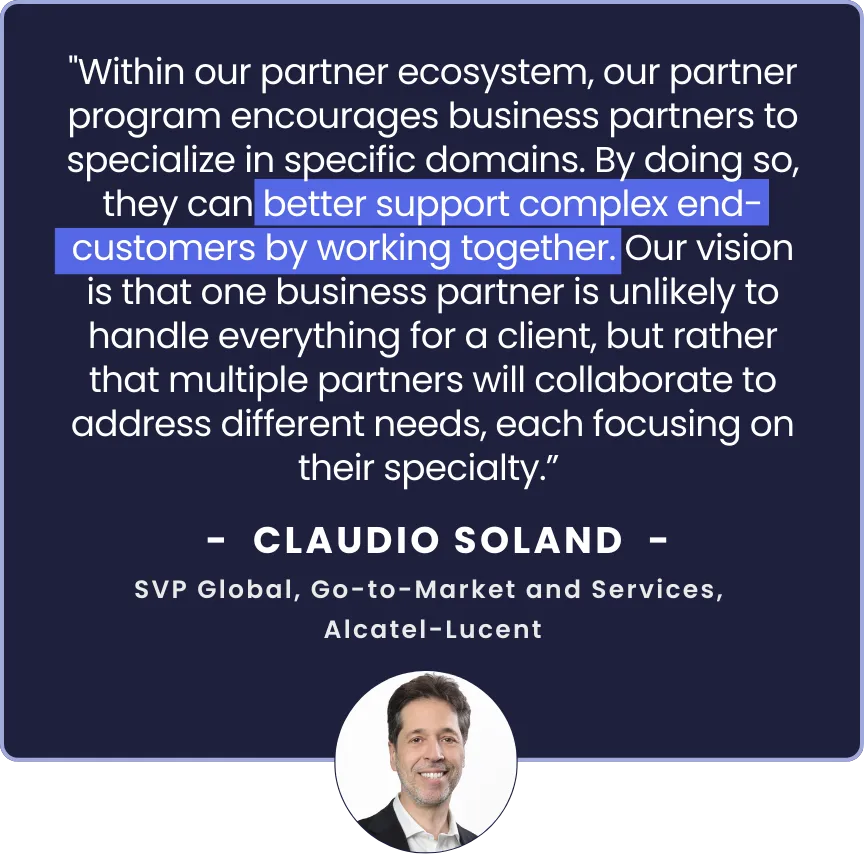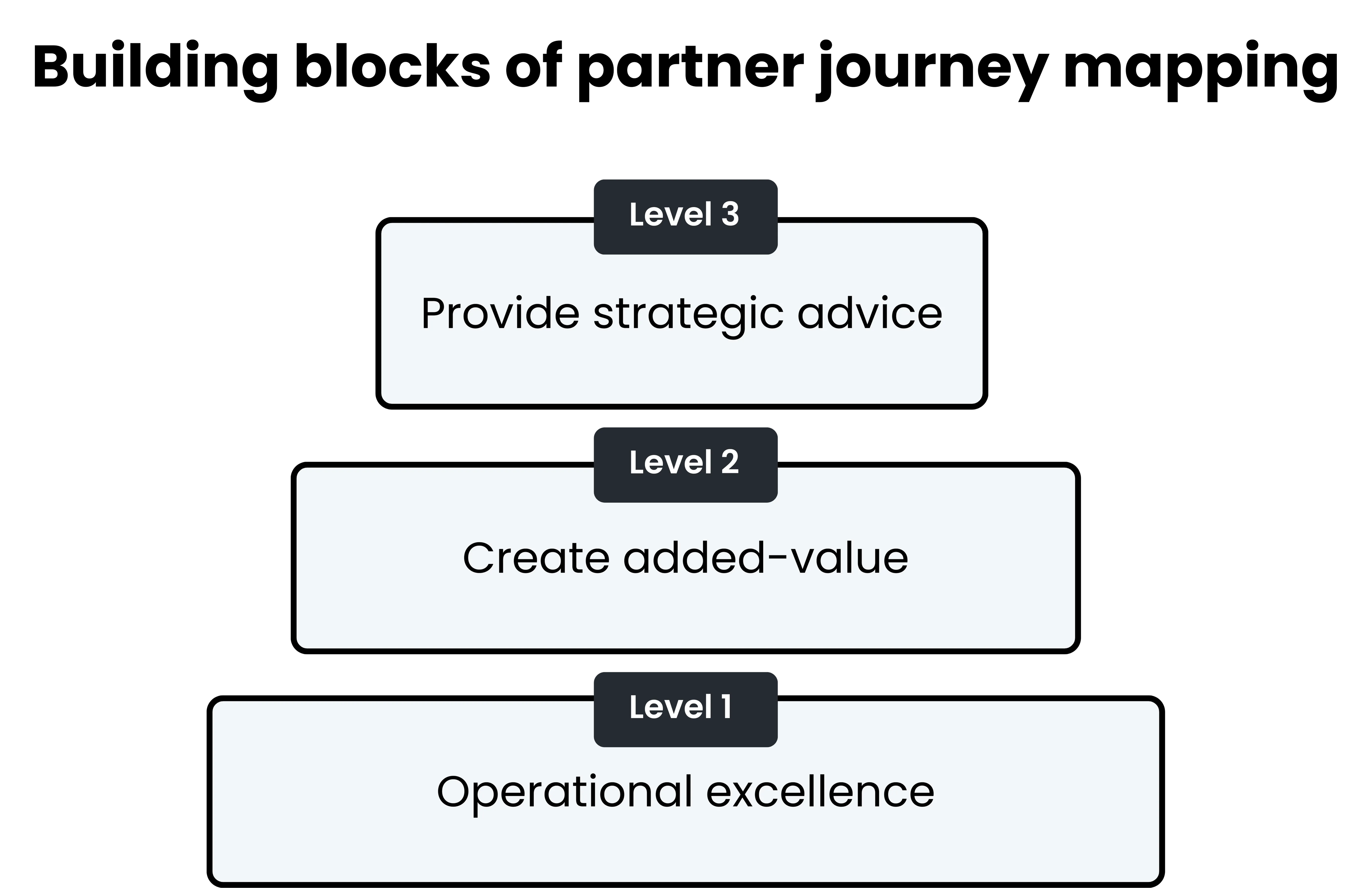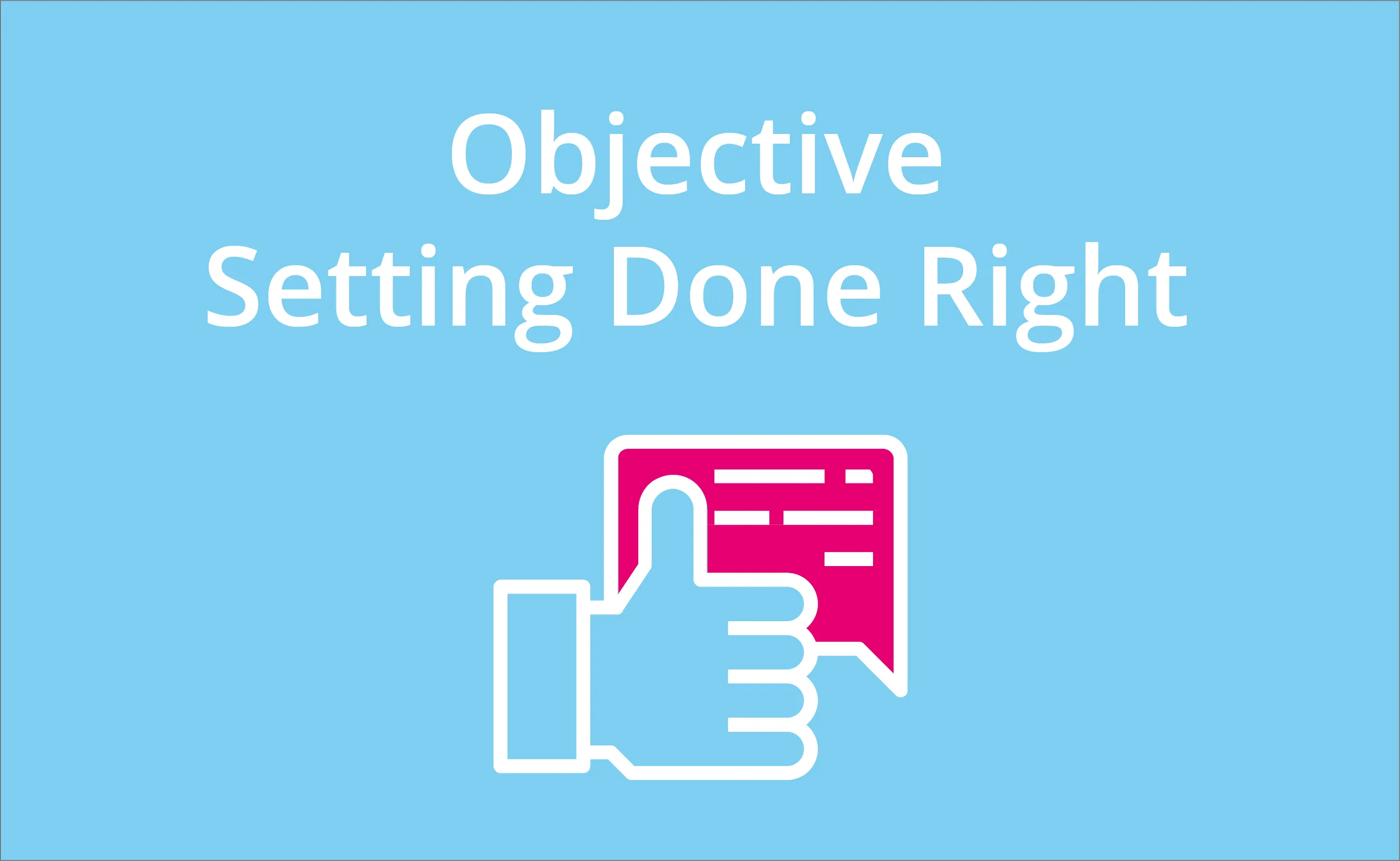
In today’s hyper-connected world, partnerships are the backbone of growth for many businesses. The traditional approaches to managing these relationships, however, are evolving. The Partner Operating Model redefines how organizations support and collaborate with their partners by introducing new roles, strategies, and tools aimed at creating sustainable, mutually beneficial outcomes. Let’s dive into some essential elements of this model and see why it’s quickly becoming a game-changer for partnership success.
1. The Rise of the Partner Success Manager: The “Personal Trainer” for Partnerships
Managing partnerships is like coaching people to their best performance—much like a personal trainer who customizes fitness plans. In this new model, the Partner Success Manager (PSM) plays the role of that personal trainer. They’re responsible for assessing a partner's needs, setting clear goals, and providing ongoing support. The PSM’s main duties can be broken down as follows:
- Assessment and Customization: Each partnership begins with an evaluation of the partner’s strengths, challenges, and business goals. With this assessment, PSMs can tailor strategies to meet unique partner needs.
- Commitment and Accountability: Just like a fitness journey, partnerships thrive on commitment and accountability. PSMs maintain a focused, results-driven relationship that holds both sides accountable for reaching their shared goals.
- Agility in Action: Partnerships, like fitness plans, need flexibility. PSMs are prepared to adjust strategies as needed, responding to challenges and capitalizing on new opportunities, making them key players in ensuring long-term success.

2. Mapping the Partner Journey for Better Collaboration
The Partner Operating Model introduces Partner Journey Mapping, a powerful tool that helps organizations understand the entire lifecycle of a partner relationship. Just as Customer Journey Mapping became essential for improving customer experience, Partner Journey Mapping does the same by highlighting touchpoints where partners need guidance or support.
Through this journey, the organization can make meaningful interventions, providing resources, training, and tools at critical stages, which significantly enhances partner satisfaction. When businesses understand these stages, they can strategically support partners, ensuring each engagement benefits both the partner and the end customer.
For more about Partner Journey Mapping and why it’s crucial, see Qollabi’s post on Enhancing Partnerships through Journey Mapping.

3. Mutual Success Planning (MSP): A Blueprint for Shared Goals
Mutual Success Planning (MSP) is a core component of the Partner Operating Model. MSPs are frameworks that align both the organization’s and the partner’s goals, resources, and strategies to ensure collective success. Think of it as a roadmap, showing how all stakeholders will collaborate to achieve shared objectives.
Incorporating elements of Objectives and Key Results (OKRs)—a popular goal-setting methodology—makes MSPs even more powerful. This approach has been used by industry giants like Google and LinkedIn to foster alignment and track progress through transparent, measurable goals. By leveraging OKRs, MSPs can adapt to evolving priorities and keep both parties aligned, productive, and motivated.
4. Saying Goodbye to Quarterly Business Reviews (QBRs)
Quarterly Business Reviews (QBRs) are familiar to anyone in partner management, but as the business landscape accelerates, their retrospective nature no longer meets modern demands. Looking back on the past quarter’s performance can be helpful, but what if we could bring real-time insights into the conversation?
With tools like Business Relationship Management (BRM) platforms, organizations can now offer continuous, real-time updates that replace QBRs’ backward-looking focus. BRM platforms integrate relationship management with sales and strategic planning, allowing both organizations and partners to stay on track without the delay of quarterly meetings. This shift from periodic to continuous collaboration promotes greater accountability and agility, enabling businesses to be proactive rather than reactive.
5. Real-World Success Stories: OKRs in Action
The OKR methodology has proven its effectiveness across various industries, driving alignment and clarity for companies large and small. Here are a few notable examples:
- Google: Known for its early adoption of OKRs, Google scaled from a small startup to a global tech leader using transparent goal-setting. Every employee can see each other’s objectives, fostering a culture of openness and improvement.
- LinkedIn: By setting a few high-impact OKRs, LinkedIn maintained focus on its core mission, turning OKRs into a powerful driver for urgency and performance.
- Adobe: OKRs transformed Adobe’s performance review system. Instead of annual reviews, they implemented continuous “check-ins,” which greatly improved employee satisfaction and retention.
- Microsoft: Microsoft uses OKRs to align team efforts with strategic priorities. By integrating OKRs into collaborative tools like Microsoft Teams, they make it easy for employees to stay connected to big-picture goals in their daily work.
6. The Future of Partner Management: Agile, Real-Time, and Aligned
The Partner Operating Model is reshaping how companies and partners work together. With tools like real-time BRM platforms, structured MSPs, and OKR-driven alignment, organizations can create stronger, more resilient partnerships that thrive in today’s fast-paced world. By focusing on continuous engagement rather than static reviews, companies are making partner management more agile, fostering success through proactive collaboration.
As partnerships grow more complex, adopting the Partner Operating Model enables organizations to support their partners more effectively, ensuring that both parties can adapt, grow, and succeed together. Whether you’re a business leader or a partner success manager, embracing these strategies can help you turn every partnership into a thriving, mutually beneficial relationship.



